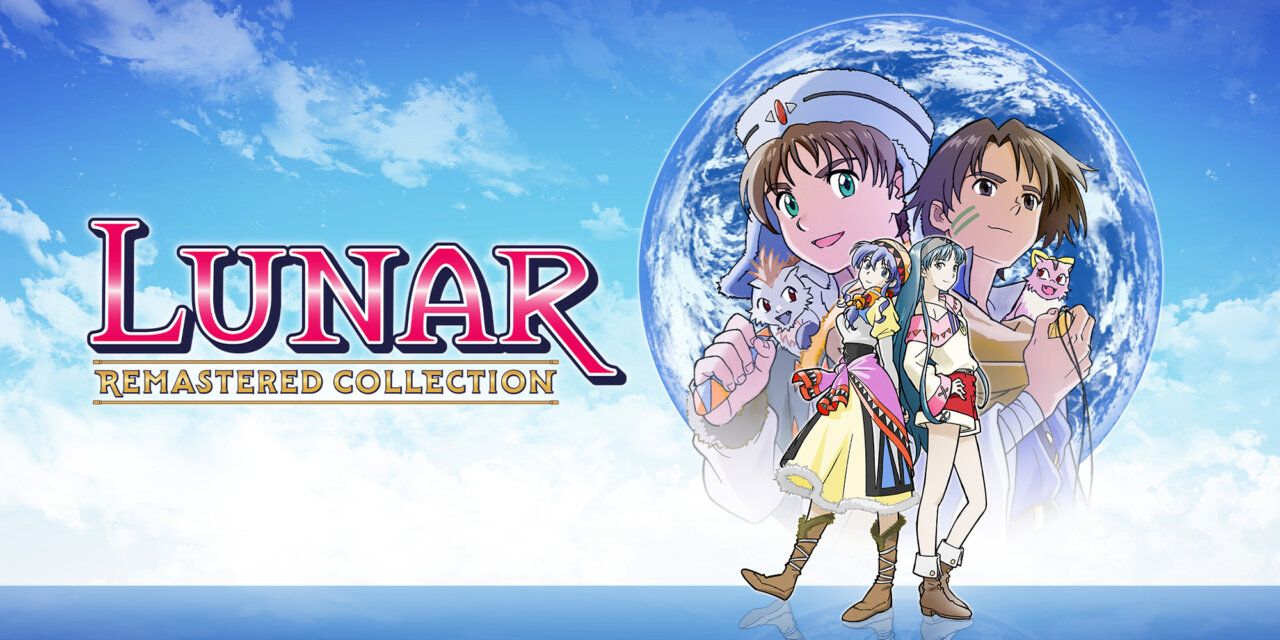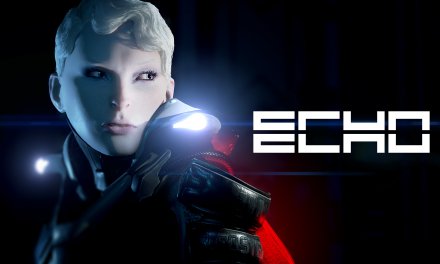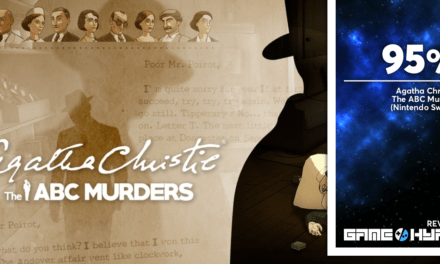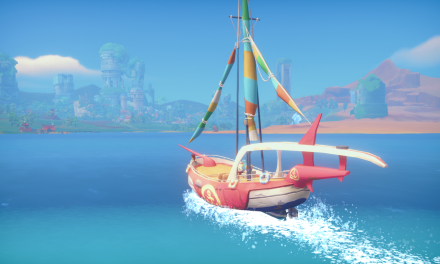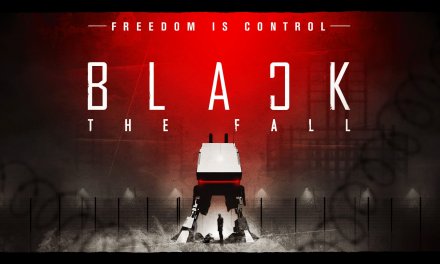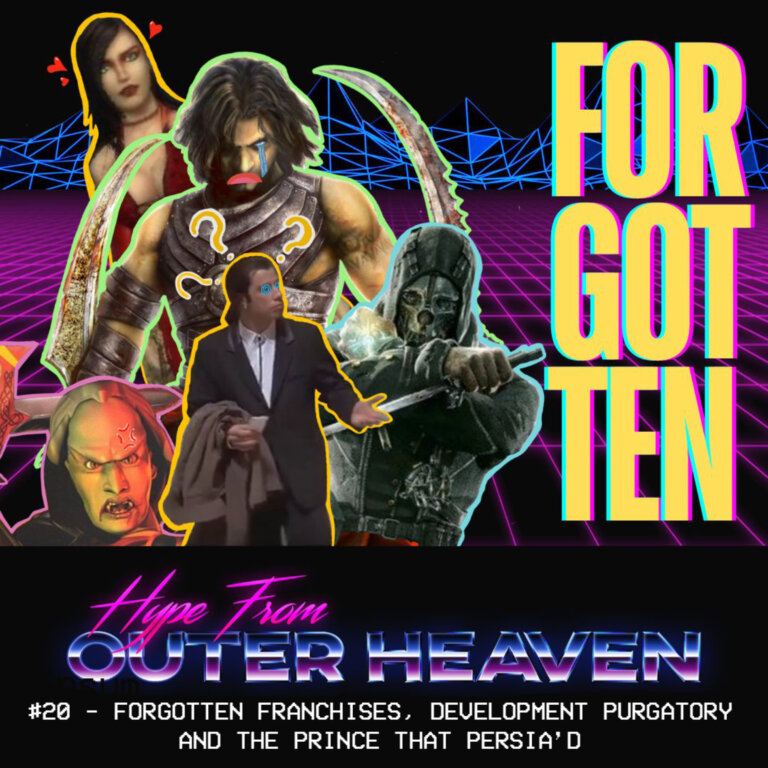A Magical Duo
Lunar Remastered Collection is a compilation of remastered versions of the role-playing games Lunar: Silver Star Story Complete and Lunar 2: Eternal Blue Complete. Both of these games were originally released on PlayStation and Sega Saturn but now have new and enhanced graphics with audio and widescreen support and some added quality of life changes.
The Lunar games which were both created by Game Arts who also made Grandia also got remastered versions of their games and published under the same publisher GungoHo Online Entertainment. Grandia being one of my favourite JRPG’s of all time and having never played Lunar, I was excited to start my journey and had some high hopes.
The Remastered Collection allows you to play between the Remastered version of the game and the original graphics. Both games also have new English voice dubs, arranged music and HD animated cutscenes.
Lunar: Silver Star Story is the first of the collection and follows an adventurer named Alex who dreams of becoming a Dragon Master one day but for now ends up on a treasure hunt with his friend Ramus and his childhood love interest Luna who join them. The games premise is pretty standard in terms of a JRPG story. The cast of characters all have their own personalities. Alex who always seems to banter with his flying pet Dragon Cat Nall, while Ramus seems to be more mischievous which is more noted by his parents remarks. Luna is the calm mysterious character who keeps everyone in line. In terms of character personalities it doesn’t really do anything different to what we have seen in other games but this is a game that was released in 1996 so to be fair to it, it was likely competing with many others that were doing the same thing at the time.

Graphically Lunar: Silver Star Story is a game with simple pixel graphics with characters that walk on the spot, something a lot of games did back then to make sprites look more active with the restraint on what they could do at the time. Maps are static but there are backdrops and and effects that happen in the foreground such as the water or clouds on the world map. The first dungeon you come across although it is set in a cave, it has a snowing effect and a scrolling strobe light effect in the foreground, it honestly feels like you are in a nightclub, it probably is less enhanced in the original so feels very noticeable here but it makes the first dungeon feel like a final dungeon.
Combat which is what you will be doing most of the game is pretty simple, while you can set up AI in the tactics menu or have the option of controlling the characters yourself. You attack or use spells and Items from the menu. Characters learn new skills by levelling up. You can buy new items with currency earned from battles including weapons and healing items. Lunar: Silver Star Story has item system where Nall keeps hold of all the items in game but each character has their own weapon and armour slots. While each individual healing item will take up a slot in Nall’s backpack or wherever he keeps them I haven’t reached a point where I have hit the limit so it seems to be quite generous.
Lunar 2: Eternal Blue Complete is the second game is the series and the follow up to Silver Star Story and takes place on Lunar which is the same premise as the first game but takes place many years later. You play as Hiro who also has a flying Cat companion named Ruby, after getting into trouble early on in the game due to ignoring his grandfathers orders. Hiro narrowly escapes death but is taken on a journey where he will ultimately stop the worlds demise.
The games premise again isn’t revolutionary but at the time certainly felt like its predecessor where they made a game in a new age where new characters go to now old lands and that in itself is something Lunar: Eternal Blue Complete does well. The biggest difference in combat is being able to pre-position characters in battle, while some attacks have area of effects these can be negated by setting up your party before hand and features improved AI. Characters will still gain experience points from battles, levelling up to face stronger foes. Magic points are also awarded after battle and are used to enhance magical attacks and unlock new skills.
Most all other features remain the same, most notably is a run feature which Hiro can use as a burst of speed for a few seconds during dungeons which didn’t exist in Lunar: Silver Star Story, this itself could be a means to outrun enemies on the map, something which you could do in Lunar: Silver Star Story however I didn’t feel it to be useful as much the same as the first game enemies could be easily avoided or they will just make a bee line towards you and are unavoidable once they see you. Both games feature a massive plethora of fully voiced cutscenes in anime style, while other games at the time would adopt or have similar features it is definitely one of Lunars strengths overall.

The music in both Lunar: Silver Star Story and Lunar 2: Eternal Blue Complete is fantastic but I find it not so surprising since also finding out that Noriyuki Iwadare who was also behind the fantastic soundtrack of Grandia worked on both these games.
Lunar Remastered Collection has a Classic and Remastered mode for Item management with Remastered mode allowing players to manage Items with more freedom, however I am not sure what this means as selecting this did not seem to do anything with regards to item management in the UI which itself is my biggest issue with the game. The UI while simple can be tricky to navigate especially when bringing up the menu as it operates through the use of Icons and lacks any visual backgrounds, you select characters from a horizontal menu bar and then select an option for that character with a vertical bar, while the design choice works with the game, it just feels a bit of an annoyance the first few times you use it, you do however get used to it though.
Much like Grandia Remastered the Lunar Remastered Collection is another shining example of a remaster that has been done right. Both Lunar games are not revolutionary but in a time where other JRPG’s were around they were unique in their simplicity, Lunar had more of a focus on storytelling through it’s cutscenes and having turn based battles and Item management and solving simple puzzles. Being a massive fan of JRPGs I went into playing Lunar games with a completely open mind and after having played them I can appreciate these games simplicity now for what they were back then. The remasters have had a great visual upgrade without having an effect on the quality of the game. The battle speed boost is also a welcome addition to speed up battles at a comfortable speed without needing to spend a lot of time griding.
A PlayStation 4 Review Code was provided by GungHo Online Etertainment America. This article is featured on OpenCritic.

